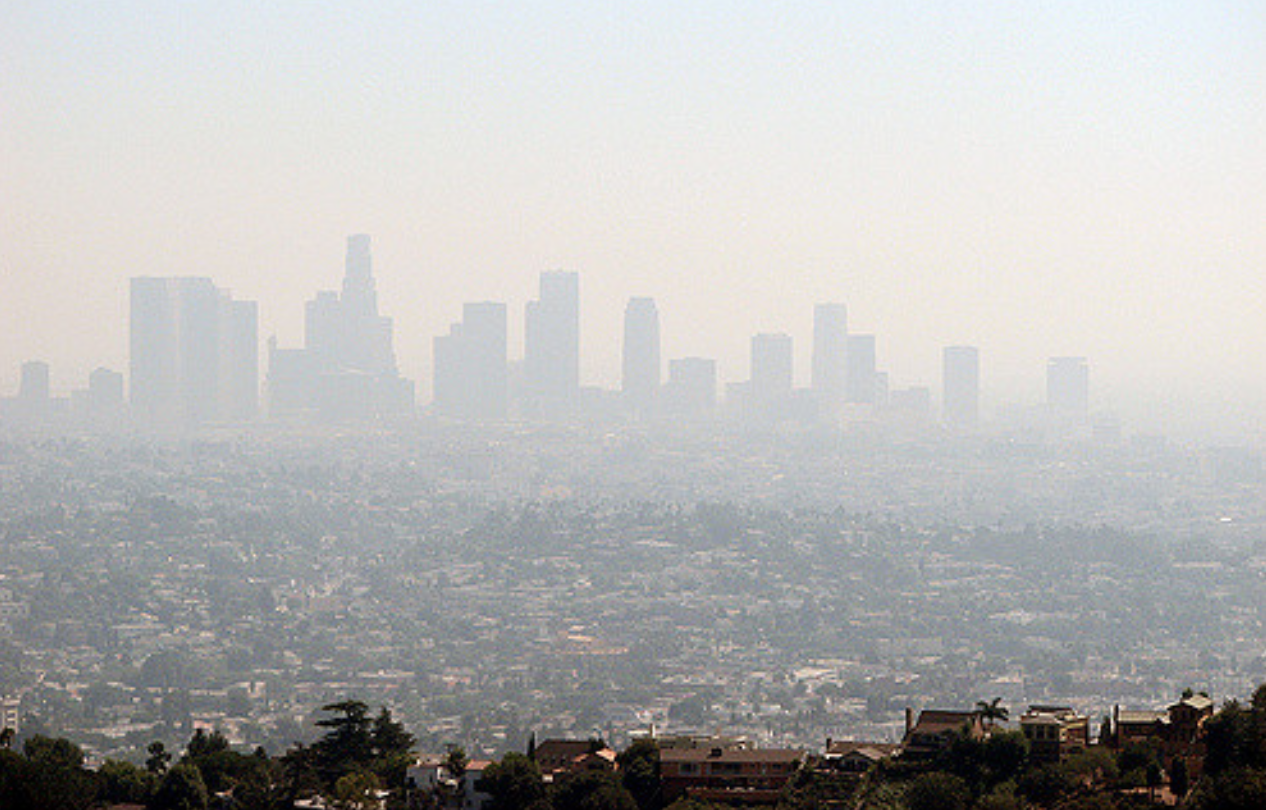Twenty-five years after four white, Los Angeles police officers were found not guilty of assaulting black motorist Rodney King -- sparking a wave of riots that engulfed South Central Los Angeles -- a growing share of Angelenos believe another episode of unrest like that is possible in the next five years.
The findings, from a Loyola Marymount University poll conducted every five years following the 1992 riots, marks a shift, according to the researchers.
After years of steady decline, the percentage of respondents who said they felt a similar riot or disturbance was likely in the near future jumped from 47 percent in 2012 to 58 percent in 2017. It was the first increase since the poll was first conducted in 1997.
Yet, in contrast, a growing share of respondents also said that overall, different racial and ethnic groups in the city are getting along well. Seventy-six percent of respondents shared that view, perhaps highlighting a growing national awareness of police brutality incidents.
Among respondents, the poll also found important divisions by age and race over time, as illustrated by the charts below. Article continues below charts.
The finding is significant because the riots were not only sparked by the police brutality experienced by King, but by the death of Latasha Harlins as well.
Just two weeks after King was beaten by a group of cops, 15-year-old Harlins was shot and killed by a Korean shop owner, who accused her of trying to steal a bottle of orange juice. Her death was also caught on camera and played during the shop owner's trial.
Covering that 1991 trial, a reporter for the Los Angeles Times wrote, "The Harlins shooting is one of several confrontations between Korean grocers in South-Central and their customers. Some black activists say the incidents stemmed from racism on the part of the Koreans. Some Koreans and others contend that activists who have called for boycotts at a handful of Korean-owned stores are fanning racial tensions." Though the owner was convicted of manslaughter, she received only 400 hours of community service and a $500 fine as her punishment.
Family and community members gathered in 2016 on the 25th anniversary of her death, which continues to resonate in the city.
Police Reform
The 1992 unrest also came after decades of police abuse. Though King's case shined a light on police brutality, problems continued. In 2000, the U.S. Department of Justice had gathered enough evidence to demonstrate a pattern of misconduct, but instead of suing the city, the department entered a consent decree with Los Angeles, promising reforms.
An analysis by Harvard University's Program in Criminal Justice Policy and Management in 2009 found that the reforms had been largely effective in reducing police use of force and improving the quality of policing as well as community perceptions of safety and police interactions, though there were differences in perception depending on a respondent's race.
Police-involved killings and use of force still occur in Los Angeles, but, as Laura Bliss in CityLab put it, "at the very, very least, the LAPD has been held accountable, and a police culture that once seemed impenetrably militaristic is changing," an important message for police departments across the country charged with misconduct and abuse.
Economic Inequality
But the researchers behind the Los Angeles poll note that it's not only police behavior that drives unrest. An increased awareness of deadly interactions with police -- thanks in part to movements like Black Lives Matter -- is credited for part of the uptick in concern about a looming riot. But other disparities exist as well, said Fernando Guerra, a professor of political science and Chicano/a studies at Loyola Marymont.
"Economic disparity continues to increase," Guerra told the Los Angeles Times, "and at the end of the day, that is what causes disruption. People are trying to get along and they want to get along, but they understand economic tension boils over to political and social tension."
Others have pointed to the economic tensions underlying the 1992 riots. "In retrospect, the Los Angeles riots seem inevitable," wrote Josh Sides, a history professor at California State University at Northridge on the 20th anniversary of the riots.
Unemployment, he notes, "remained alarmingly high -- as much as 25 percent among young black men." But many of the promises made in the wake of the riots aimed at correcting such disparities -- like more grocery stores and jobs -- never materialized or had modest success, wrote Sides.
Citywide, disparities remain. In 2015, the estimated unemployment rate for black Angelenos was almost twice that for white Angelenos: 17 percent compared to 9 percent. That's compared to an unemployment rate of 11 percent for black Angelenos and 5 percent for white Angelenos in 1990, just a couple years before the riots. Meanwhile, the poverty rate has inched upward since 1990, from 19 percent to roughly 22 percent in the latest 2015 estimates. A trend repeated in other large cities, including Houston and Dallas.
And nationally, Guerra told the Los Angeles Times, "Marching and protesting and, if necessary, rioting, is more likely today as a course of action. It almost seems more legitimate as a political strategy than ever before."
Since the unrest, city officials and police have periodically stressed the need for preparation for riots after similar high-profile instances of violence against black people, often children, whether they involved police or not, like when George Zimmerman, who shot and killed 17-year-old Trayvon Martin, was acquitted.
But, wrote author Marc Polite before that verdict was handed down, "the calls for order recapitulate what this case is all about—the assumption of violence on the part of the black community, and of black men."


